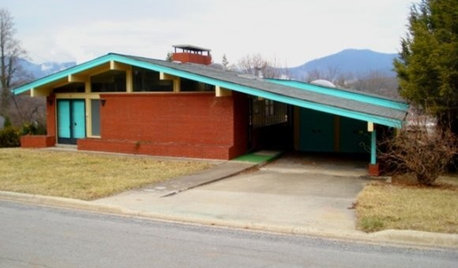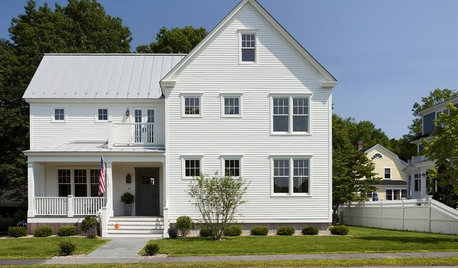GT5000/Briggs Intek Exhaust System Changes...
briggsgalaxieman
11 years ago
Related Stories

DISASTER PREP & RECOVERYMore Power to You: How to Pick the Right Generator
If your home's electricity goes, don't let it take your necessities with it — keep systems running with this guide to backup power
Full Story
GREEN BUILDINGThe Big Freeze: Inventors Break New Ground to Keep Things Cool
Old-fashioned fridges can be energy guzzlers, but there are more eco-friendly ways of keeping food fresh, as these global innovations show
Full Story
BEFORE AND AFTERSA ‘Brady Bunch’ Kitchen Overhaul for Less Than $25,000
Homeowners say goodbye to avocado-colored appliances and orange-brown cabinets and hello to a bright new way of cooking
Full Story
KITCHEN APPLIANCESLove to Cook? You Need a Fan. Find the Right Kind for You
Don't send budget dollars up in smoke when you need new kitchen ventilation. Here are 9 top types to consider
Full Story
GREEN DECORATINGEasy Green: Big and Small Ways to Be More Water-Wise at Home
These 20 tips can help us all make the best use of a precious resource. How do you save water in summer?
Full Story
LIFEHouzz Call: Show Us the House You Grew Up In
Share a photo and story about your childhood home. Does it influence your design tastes today?
Full Story
LIFEReluctant DIYer’s Diary of a Dresser Makeover
Weekend project: Glossy new black-and-white dresser, hold the sandpaper
Full Story
HOUZZ TOURSHouzz Tour: The Concord Green Healthy House
New home built for efficiency and flexibility finds its place in historic New England neighborhood
Full Story
TRADITIONAL HOMESHouzz Tour: Redo Shines Light on 19th-Century Newport Beauty
The renovated Rhode Island home boasts gorgeous woodwork, an appealing wraparound porch and a newly spacious kitchen
Full Story
REMODELING GUIDESBathroom Workbook: How Much Does a Bathroom Remodel Cost?
Learn what features to expect for $3,000 to $100,000-plus, to help you plan your bathroom remodel
Full StorySponsored






rustyj14
briggsgalaxiemanOriginal Author
Related Professionals
Tempe Landscape Architects & Landscape Designers · Williamsburg Landscape Contractors · Aloha Landscape Contractors · Essex Landscape Contractors · Lancaster Landscape Contractors · Live Oak Landscape Contractors · Mastic Beach Landscape Contractors · Milford Landscape Contractors · North Chicago Landscape Contractors · Salem Landscape Contractors · South Farmingdale Landscape Contractors · New Carrollton Landscape Contractors · Arlington Window Contractors · Orange County Window Contractors · Pike Creek Valley Gardeners & Lawn Caremownie
briggsgalaxiemanOriginal Author
rustyj14
briggsgalaxiemanOriginal Author
walt2002
mownie
briggsgalaxiemanOriginal Author